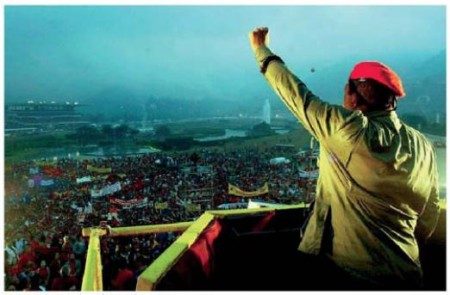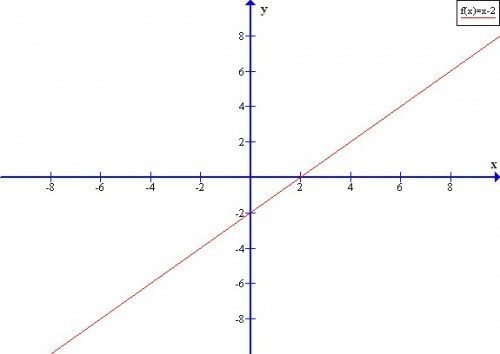 The word joint designates the changing series of circumstances that contribute to determining a specific situation.
The word joint designates the changing series of circumstances that contribute to determining a specific situation.
A series of facts that influence the determination of a situation or context and allow the interpretation of a reality
The one that concerns us is a word that is used in various contexts, although, undoubtedly, at the behest of history it is a concept that usually appears frequently.
According to historiography, as the record that humanity leaves in writing of its own history is called, the conjuncture implies a historical time that can be brief or on the contrary, last years, decades and even centuries.
The aforementioned time consists of the total duration of the time in question and the specific events that occurred.
Historians have identified three classes of time or temporal periods in which social, cultural, economic, political processes, among others, can be organized, and precisely one of these times is the conjuncture, which would be an intermediate space between eventual times. and those of longer duration.
The structural time is the one that corresponds to the mentality, the conjunctural one that implies long and medium term, and the eventual one that is motorized by the events and happenings produced at a given moment.
The situation also allows us to make an exhaustive and detailed interpretation of reality.
Practical examples
To make the concept easier and more understandable, it is worth mentioning some examples of junctures such as: economic processes, revolutions, social crises, politics, among other.
The secular crisis, also known as general crisis implies a crisis juncture , which due to the duration that it has reached through time and its generalization by places, achieves truly phenomenal achievements.
Generally, these types of crises are named after the century in which they occurred.
For example Crisis of the III Century, which implied a critical period of the Roman empire that lasted for five decades and was characterized by external pressure to the Empire, which at that time suffered a deep internal crisis in social, political and economic matters.
The Industrial Revolution, to name some of the most outstanding revolutions in our universal history, is another good example of a conjuncture that occurred in the second half of the eighteenth century, in England in the foreground and that it consisted of the most important advance of our planet in matters of technology, culture, society and economy, since the Neolithic period.
Opportunity to do something
On the other hand, the word admits other uses, among them that of express the opportunity to carry out some activity.
“If we had taken advantage of the crisis situation today we would have more properties in our heritage.”
Anatomy: joint
And in anatomy, the joint is a term used to designate the joint between two bones.
For example, it is a synonym for the word articulation.
Today few use the concept of conjuncture to name the joints of the human body, the word joint being the most popular to do so, however, we must say that this has been the first and main use attributed to the word in question. and that then over time the meaning explained in the first part of this review gained ground.
But returning to its primary use we must say that the joints or joints of the human body display an essential mobility function to precisely mobilize our body, such is the case of the knee, which is the most important, the elbow, among others. .
Joints make up the human locomotor system and consist of the point of contact between two or more spindles, between a bone and a cartilage, or between bone tissue and teeth.
The main function is to allow movement of the body.
The parts that make up a joint are: cartilage (covering tissue located at the ends of the bones and that prevent or reduce friction), capsule and synovium (cartilaginous structure that protects and lubricates the joint), ligaments (connective tissue that surround the joint, they protect it and limit movements), tendons (located on the sides of the joint and with a composition similar to ligaments, attached to the muscles and that allow control of movements), bursa (spheres of liquids that cushion friction , present in bones and ligaments) and menisci (they lodge in the knee and other joints and have a crescent shape).
Dislocations and sprains are the most frequent injuries that can occur in joints.









